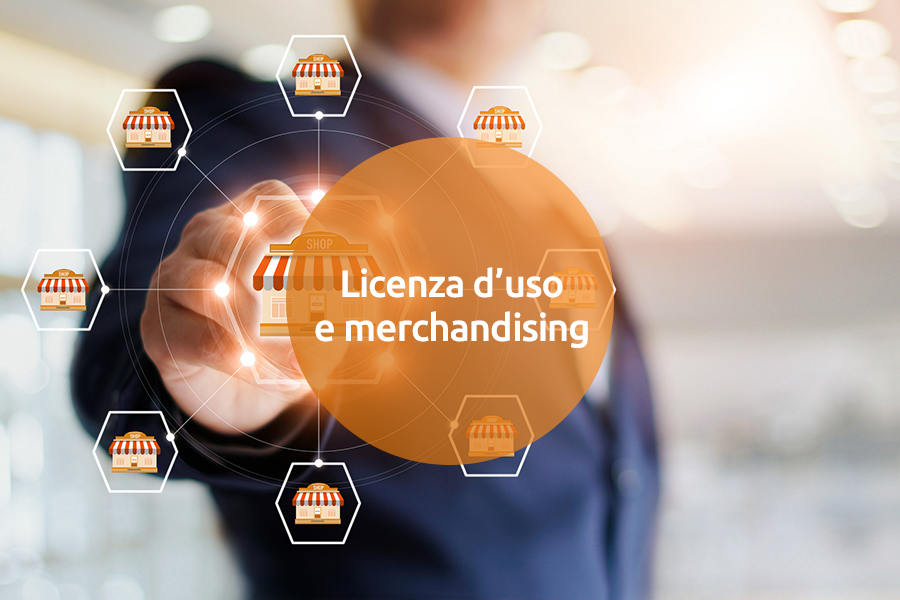A recent official interpretation of the Convention of Friendship and Good Neighbourhood 1939 between Italy and San Marino concerning IP protection in the two states has concluded that European patents should be validated separately in each country.
Background
San Marino is an enclave microstate situated entirely within the territory of Italy. Since the unification of Italy, San Marino and Italy have engaged in mutual conventions for controlling trade and enforcing legal provisions between the two territories. In 1939 Italy and San Marino signed the Convention of Friendship and Good Neighborhood, under which each state is required to prevent any usurpation in its own territory of IP rights protected in the other state. Since then San Marino has paid progressively more attention to IP rights:
-
In 1960 it ratified the Paris Convention and the Madrid Agreement Concerning the International Registration of Marks;
-
In 1997 it enacted its first framework law on trademarks and patents;
-
In 2000 it established the national Patent and Trademark Office;
-
In 2007 it acceded to the Patent Cooperation Treaty (PCT);
-
In 2009 it acceded to the European Patent Convention;
-
In 2011 it approved the ratification of the Hague Agreement concerning the International Registration of Industrial Designs (although it has not yet been enacted); and
-
In 2013 it focused on accession to the London Agreement on the Application of Article 65 of the European Patent Convention, and signature and execution of the accession instrument are imminent.
Under the Convention of Friendship and Good Neighbourhood, which is incorporated in the San Marino IP Code, all registered IP rights obtained in Italy were deemed valid in San Marino, and vice versa. Therefore, entities located outside San Marino were unlikely to seek national IP rights in San Marino if protection was already being sought in Italy.
New interpretation
However, since San Marino has now acceded to the primary international IP rights conventions to which Italy already belonged, the scenario of the Convention of Friendship and Good Neighbourhood has changed substantially. In addition, the issue of competing legal instruments for claiming exclusive rights in the two countries created potential uncertainty concerning the validity of certain IP rights. The Italian and San Marino legislatures agreed that extending the reciprocity set out in the Convention of Friendship and Good Neighbourhood to IP rights obtained through international routes was beyond the scope of the convention and thus was against the interests of both parties.
In an attempt to clarify this issue, the two countries reached an agreement on a narrow interpretation of the Convention of Friendship and Good Neighbourhood provisions concerning reciprocity of IP rights protection in the two states without actually amending the convention. The new agreement was considered more appropriate to the changed circumstances. Thus, on December 23 2014 Italy and San Marino ratified an agreement setting out an official up-to-date interpretation of Article 43 of the convention concerning patents and trademarks.
The new agreement states that protection within each country may be obtained by filing a single national application in either Italy or San Marino. In contrast, applications under international systems should be prosecuted separately in each country in order for the protection to be effective in that country and the convention reciprocity protection clause no longer applies.
The new agreement confirms that Article 43 of the Convention of Friendship and Good Neighbourhood shall be interpreted to apply exclusively to usurpation and infringement actions for IP rights relating to industrial inventions, trademarks, industrial designs and models patented or registered in either country through national proceedings (i.e., national patent, trademark or design/model applications filed with either the Italian or San Marino national IP office). Thus, IP rights obtained in either state through proceedings under international agreements or conventions (e.g., international patent applications under the PCT, European patent validations designating both Italy and San Marino and international trademark registrations) are excluded from mutual recognition. This interpretation will also extend to international design registrations once San Marino has acceded to the Hague System. Since San Marino is not an EU member state, Community trademark registrations and Community design registrations do not apply to San Marino.
In summary, according to this interpretation, patent, trademark and design protection for the territory of San Marino may be obtained by:
-
filing a national application in San Marino;
-
filing a national application in Italy, which enjoys automatic protection in San Marino under the Convention of Friendship and Good Neighbourhood;
-
validating a European patent in San Marino or entering San Marino through a national phase application from an international application under the PCT; or
-
designating San Marino in an international trademark registration or an international design registration (once applicable), respectively.
With respect to patent rights, under the agreement, protection in San Marino from a PCT application or a European application can be obtained only by way of national validation in San Marino, and not by relying on the extension of Italian rights obtained through the European or European-PCT route. The reverse also applies (i.e., protection in Italy based on a European application can be obtained only by way of a national validation in Italy, and not by relying on the extension of San Marino rights obtained through the European or PCT route). Although the latter is uncommon, once has San Marino signed the London Agreement some applicants might have been tempted to seek protection in Italy via San Marino validations of granted European patents, thus avoiding full translation of the patent specification. This course of action is now unavailable.
Practical considerations
The agreement is expected to increase the number of national filings, validations and designations in San Marino, since applicants that relied on the extension of protection based on valid Italian rights will have to seek protection separately there. Ultimately, this should result in an increase in the fees that will be collected by San Marino for official IP rights services.
The agreement will also avoid unnecessary competition between Italy and San Marino as to which is the primary country for international grant and registration systems, due to differences in each country's national provisions, including:
-
the possibility of directly entering the national phase from a PCT application available only in San Marino;
-
the benefit of an extended term of six months to validate a European patent in San Marino, compared with the three-month term available in Italy; and
-
the expected minimal translation requirements needed to validate a European patent in San Marino once the London Agreement is in force.





